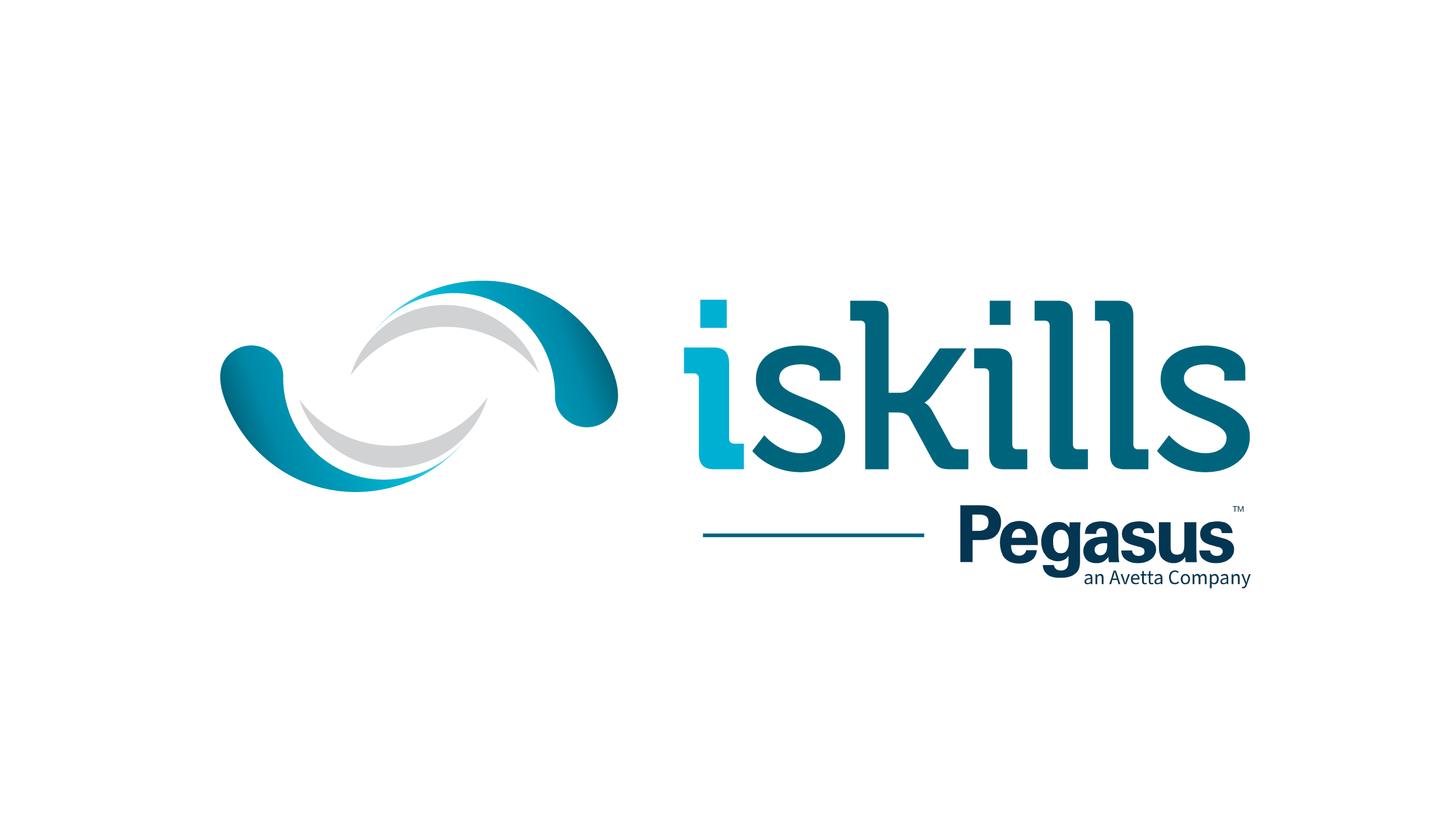The change to NZ Health and Safety legislation in 2015 reminded us of our obligations to ensure that workers are given the highest level of protection against harm to their health, safety, and welfare from work risks. PCBUs began implementing competency frameworks to protect their assets, work sites, and to ensure competent workforces are carrying out work safely. High risk focus areas, such as specific plant operation (cranes, EWP etc), confined spaces, and working at height now commonly have compliance training requirements and refresher cycles depending on industry or specific asset owner standards.
Now that training in these areas is largely common-place, the spotlight is now on WHO can deliver this training and HOW it is delivered. And rightly so – if your workers require training to work in a high-risk environment, you want to make sure the training you access is up to standard.
Training providers are routinely moderated by standard setting bodies, but we notice more in-depth scrutiny being applied now in terms of:
- time taken to deliver training and assessment
- qualifications and experience of those delivering it and
- how many people can attend a course
iskills delivers training, but we engage with over 60 other providers across NZ who also deliver training. We’ve noticed the duration of courses increasing and maximum course numbers decreasing to meet the requirements of standard setting bodies. This translates to additional cost for organisations whose workers need the training – not necessarily in course cost, but in productivity cost while workers are off the job.
Similarly, training provider staff professional development costs have increased and providers must meet these in order to continue doing business. The challenge for us is to continue to focus on how we can improve training delivery and learner engagement as well as smarten up assessment methods to ensure we provide cost effective and quality training options for organisations.
